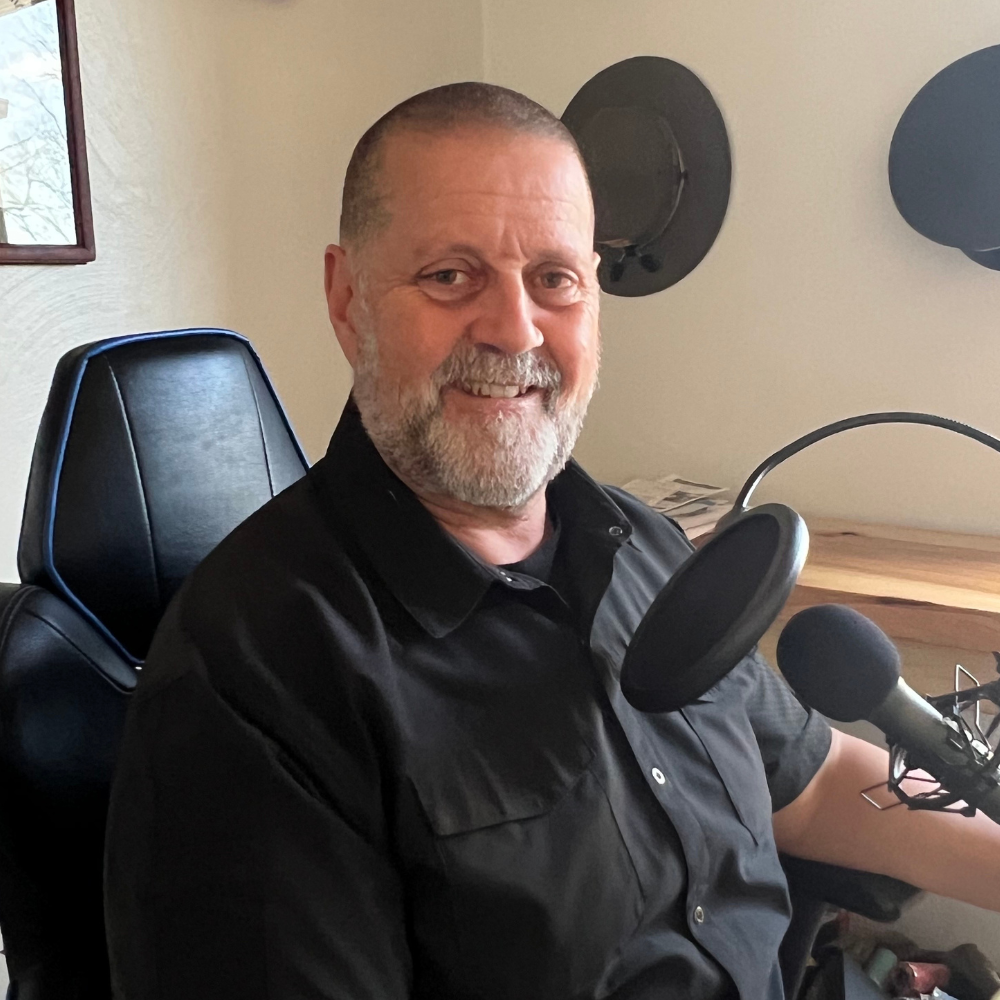While I believe we have touched on this topic previously, it still seems to be a topic of conversation: How do we navigate the obstacles and challenges we face within the school safety environment? This week we will examine some of the primary obstacles and how we navigate them. As we look closer into these, I want to make sure everyone understands that each problem is unique to you and your circumstances. However, from my experience and perspective, we can not afford to use obstacles and challenges as an excuse not to move forward to protect our children. I, of all people, know how frustrating this can become. That being said, the effort needed and put forth is all worth it in the end. In fact, as frustrating as school safety has been for me, it has also been the most rewarding part of my almost 40 years in the realm of public safety. While there are many (hundreds if not thousands) obstacles and challenges that we will face, we will cover a few of the primary ones I hear on a regular basis and how I respond to them:
- Funding
- Not enough time
- No expertise in this area
- Contradiction and Confusion as to responsibilities and expectations
- Changes occur too quickly and often
Before we get into the specifics of the identified obstacles and challenges, let’s reexamine what the highest functioning emergency managers and responders have in common that makes them the best at what they do: save lives through the rapid and effective use of their problem-solving abilities. This critical capability is something most people can learn and develop through practice and experience. In fact, the United Kingdom teaches these skills extensively in all of their police academies to every recruit so they become very proficient at problem-solving. By the end of their basic academy training, they can do it almost without even thinking about it. They call this “spinning the wheel”. Why? Because the problem-solving models almost always look like a wheel and if you are doing this correctly, when you solve one problem, it often creates the next one, and/or you start looking for the next problem to be solved. In previous blogs, we have discussed this briefly.
The primary difference between daily problem-solving and during an emergency is the volume and speed at which they come at you. I have witnessed a number of Certified Emergency Managers who, despite their training for specific times and events, have struggled with problem-solving and ultimately failed to effectively respond to and manage the very situations they prepared for. Why? They had a very difficult time identifying what the problem(s) was/were and addressing them appropriately. Conversely, I have seen people who were very good problem solvers with very little emergency management experience perform at a very high level, saving countless lives just because of the way they worked through the problems and obstacles. Whatever model you use, or what you call it, it will look something like this:
- Identify the problem and the resources you have available to you to solve the problem.
- Determine your initial plan and its alternatives.
- Implement your chosen solution.
- Observe the implementation and look for opportunities for improvement.
- Transition to the new plan based on your observations, and repeat.
Using one of the many problem-solving models available to you, let’s look at some of the primary obstacles I have encountered and what we can do about it:
- Funding: As we know everything in school safety costs money. As a culture, we often believe that funding for anything is limited and difficult to identify. As of the writing of this blog (it is ever-changing) there are hundreds of millions and billions of dollars of federal funding available for almost every aspect of your school safety program. Go to www.schoolsafety.gov and look at their Grant Finder tool to help you identify the funds available. There are also state and local grants available. That being said, schools often look to other outside sources for funding when they should be looking to fund their safety from their general fund. What you directly fund in your primary budgeting process shows what your priorities are.
- Time: No one has enough time. Now we need to build time into our yearly schedules. When we talked about building a safety culture, we talked about infusing safety into everything it is that we do. This includes being part of the conversations during the budgeting and scheduling processes for the following school year. Make sure you are part of that conversation. You might not get everything you need the first year, but if you increase it incrementally, you will get the time you need to implement, train, drill and exercise. Remember, time spent on the front end, saves time and lives on the back end. As the old military saying goes (and it couldn’t be more applicable here): The more you sweat in training, the less you bleed in battle.
- No Expertise/Experience/Not My Job: However it is presented to you, we are long past, or should be, this being a reason for not doing their job. As mentioned many times before, we are more than 24 years past the point when this became their job. Every person in education should understand that their job is the protection and safety of their school and those in the school. Everyone, including you and I, has to become a student of school safety and gain the knowledge and experience they need to accomplish everything they need to keep their students and staff safe. Develop the necessary partnerships that can help along the way. When in doubt, ask someone who knows; you can even contact us at CrisisGo if you have any questions.
- Contradiction/Confusion from the experts: So many variables influence how we meet our expectations and responsibilities within the safety arena, so it is very difficult not to have contradictions that cause confusion. I have found that, in the school setting, most people are looking for the single correct answer or way to do something. In the case of safety, there is seldom a single correct answer and there will likely be several mostly correct answers. Ones that have worked very well for me in my situation, that don’t work well for your particular situation. When we come upon a contradiction in advice, we need to shift our thinking of this from being wrong to being an additional option, something we can put into our knowledge bank to use later if need be.
We should also look at the fundamentals of what something is being called and learn to break that down so we understand what it actually means. It might be fundamentally the same, just a different name. As an example: Run, Hide, Fight. Many people have looked to rename this standard to make it their own and capitalize on that new name as their own idea. They might add a step or two and come up with an acronym to make it easy to remember and seem like something new. This contradiction and confusion will subside more and more as your expertise, knowledge, and experience increase.
- Changes occur too often: Changes often occur at the rate of the last incident, but don’t get communicated until a thorough examination has occurred. If you start with a sound and fundamental understanding of school safety (acquired through your continued efforts in educating yourself) you will be able to move and learn much more quickly. We don’t teach students advanced material until they have a good understanding of the basics. Once you understand the basics, all will come much easier for you.
Obstacles and challenges will always be there. The sooner we embrace them, the quicker we will be able to identify them and navigate them to achieve an effective solution for them. Understanding this concept, which the US NAVY SEALS call, “embracing the suck”, the more quickly we learn and benefit from attacking these head-on.












No Comments Yet
Let us know what you think